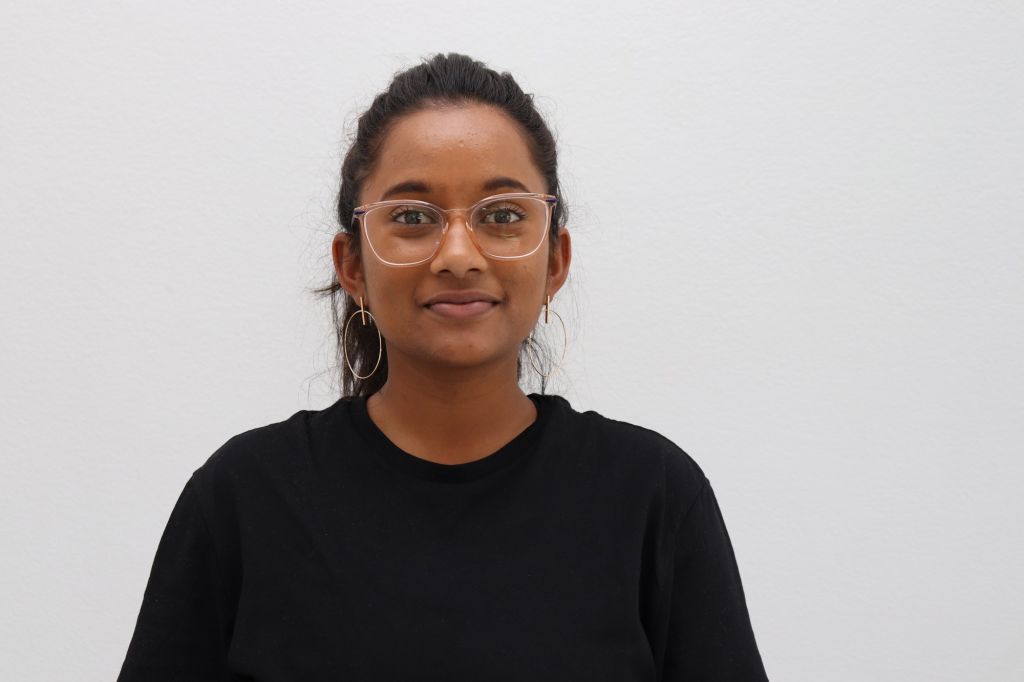Blackface: It is kind of a big deal

At first, I didn’t understand who it was – until I saw the headline of the tweets.
I had to sit back in my chair and think about this for a second. What was Prime Minister Justin Trudeau’s intention in this photo? Was his makeup meant to be inappropriate or was it just to embellish a character choice?
Growing up, I’ve never been bullied or discriminated against regardless of my skin colour. I was lucky enough to grow up in South Africa where diversity was celebrated or at least talked about even in the post-Mandela era. It should also be noted that brown face or blackface wasn’t taught in South African schools – or at least from what I recall. However, I still had an understanding of the pre-Mandela racism, otherwise known as apartheid, which we had to learn in school.
It was only until I moved to Canada, nine years ago, that my focus shifted from what cultural appropriation was, which was mainly derived from mainstream media. And my focus also shifted when people thought they couldn’t say the n-word around me because they thought I was black. This sparked a jolt in my brain – not on the offence line – but rather to the fact there are questions to be asked and thoughts to be provoked.
Don’t get me wrong; Canada has been known to recognize multiculturalism with open arms however, the explosive blackface pictures made me think about all the conversations we’re going to have as a result of this.
“It seems like he should have thought about it, I don’t know why he did,” said Harsh Vardhan, a project management student at Algonquin College. “I was not aware that he was 29, it doesn’t look good.”
Justin Trudeau admitting his mistake to have dressed in blackface – more than once – might be a good start in the cultural appropriation thread.
Yet, I still stumble at the fact that no one – even those around him at the time – would question the fact that maybe painting your whole body to reflect Aladdin’s (light-skin toned) character — would be questionable. I’m sure there were mumbles of uncertainty in 2001, but it wasn’t something that needed to be fleshed out in conversations. Rather, it was swept away quietly under the magic carpet. The cultural impact of movies such as The Color Purple (1985) and Roots (1977), should have still been lingering in those early days of the 21st century.
I also don’t understand how depicting a darker character – literally – would allow you to feel connected to a certain culture.
An apology may not be enough but it’s definitely a start to prompt cultural conversations.
All I know is, we can’t change the past, but giving things a second thought is not always a bad thing — especially if you’re a teacher.








